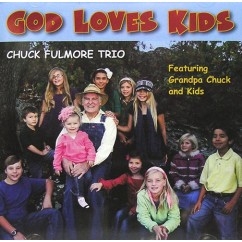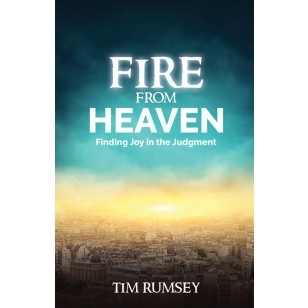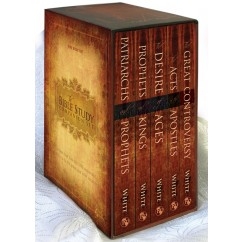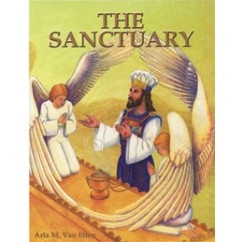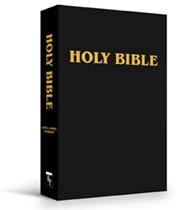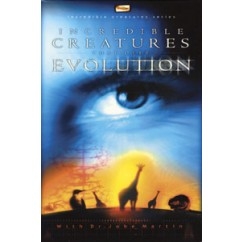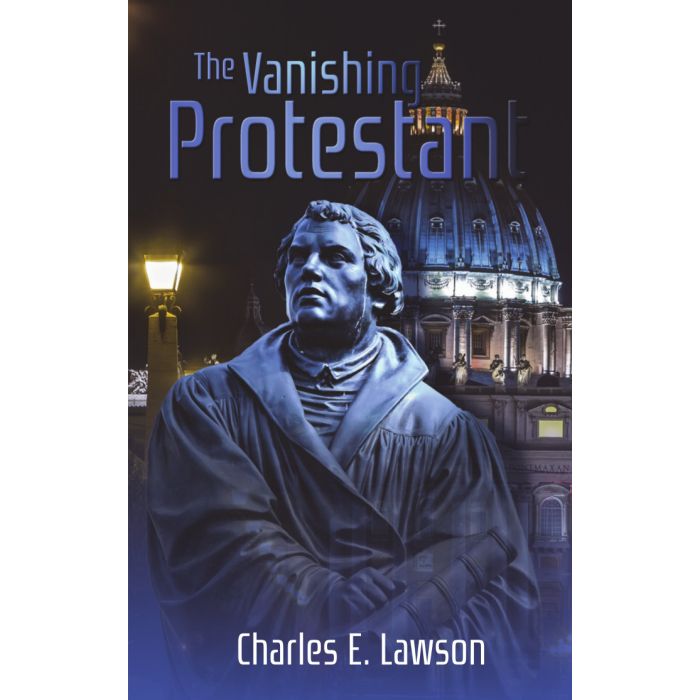by Charles E. Lawson
With the events in 2014 surrounding Pope Francis and Tony Palmer’s declaration that “the protest is over” at the Kenneth Copeland Ministers’ Conference on January 21, 2014, do we stop and ask ourselves, “What protest?” Do we know what a Protestant is? When did “the protest” occur?
In The Vanishing Protestant, author Charles Lawson examines the political climate fifteen years into the twenty-first century in regard to religious freedom. One member of the U.S. Congress seems to think of our First Amendment rights as a “special privilege.” If that were the case, “there would be no protection from a government with unlimited power to distribute, modify, and rescind privileges.” The Bible tells us that this day will come.
Long before there was a First Amendment or even a United States of America, a Catholic monk by the name of Martin Luther recognized that his church didn’t follow the teachings found in Scripture. He longed and labored for church reform. Instead, he found his calling in ushering the Protestant movement—a movement that uncovered the exploitive activities of what was once his beloved church.
Even though the Reformation began to wane less than a century before America was formed and Catholicism’s leader was captured and taken into exile in 1798, the papacy still functioned, and it was not about to change its ways. Even though the church was wounded with the pope's seizure, it continued to move forward with its mission to suppress freedom. The author sheds light on the church's activities subsequent to the pope’s capture throughout the 1800s, 1900s, and into the 2000s.
In the spring of 1852, Catholic priests were known to have stated their plan for America, no matter how long it would take: “We are also determined to take possession of the United States; but we must proceed with the utmost secrecy and wisdom.” Then, as recently as May 15, 2007, the National Catholic Register published, “Catholics will dominate in the future of America because of sheer numbers.” The same article went on to say, “Catholics will have a prominent role in the future of America.”
Is the protest over?
ISBN: 978-1-629130-82-8
Pages: 32, paperback
Dimensions: 3.5 x 5.5 inches
With the events in 2014 surrounding Pope Francis and Tony Palmer’s declaration that “the protest is over” at the Kenneth Copeland Ministers’ Conference on January 21, 2014, do we stop and ask ourselves, “What protest?” Do we know what a Protestant is? When did “the protest” occur?
In The Vanishing Protestant, author Charles Lawson examines the political climate fifteen years into the twenty-first century in regard to religious freedom. One member of the U.S. Congress seems to think of our First Amendment rights as a “special privilege.” If that were the case, “there would be no protection from a government with unlimited power to distribute, modify, and rescind privileges.” The Bible tells us that this day will come.
Long before there was a First Amendment or even a United States of America, a Catholic monk by the name of Martin Luther recognized that his church didn’t follow the teachings found in Scripture. He longed and labored for church reform. Instead, he found his calling in ushering the Protestant movement—a movement that uncovered the exploitive activities of what was once his beloved church.
Even though the Reformation began to wane less than a century before America was formed and Catholicism’s leader was captured and taken into exile in 1798, the papacy still functioned, and it was not about to change its ways. Even though the church was wounded with the pope's seizure, it continued to move forward with its mission to suppress freedom. The author sheds light on the church's activities subsequent to the pope’s capture throughout the 1800s, 1900s, and into the 2000s.
In the spring of 1852, Catholic priests were known to have stated their plan for America, no matter how long it would take: “We are also determined to take possession of the United States; but we must proceed with the utmost secrecy and wisdom.” Then, as recently as May 15, 2007, the National Catholic Register published, “Catholics will dominate in the future of America because of sheer numbers.” The same article went on to say, “Catholics will have a prominent role in the future of America.”
Is the protest over?
ISBN: 978-1-629130-82-8
Pages: 32, paperback
Dimensions: 3.5 x 5.5 inches


